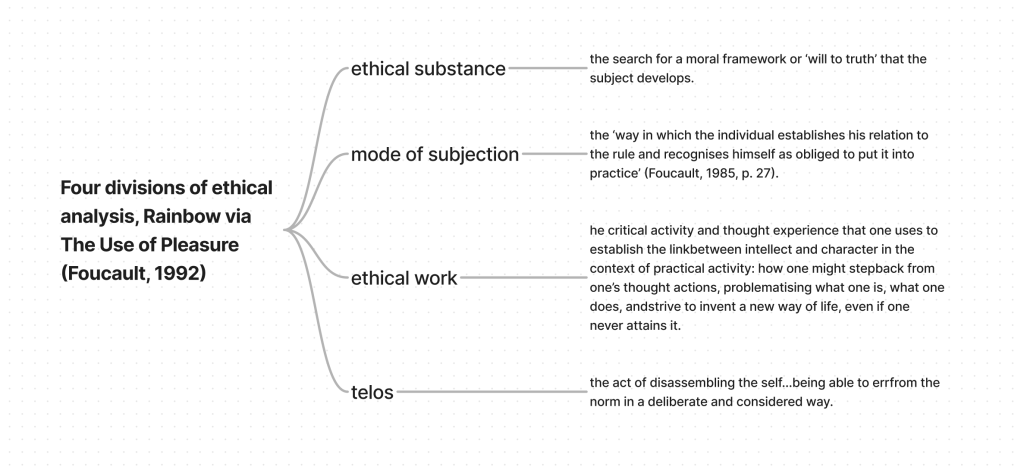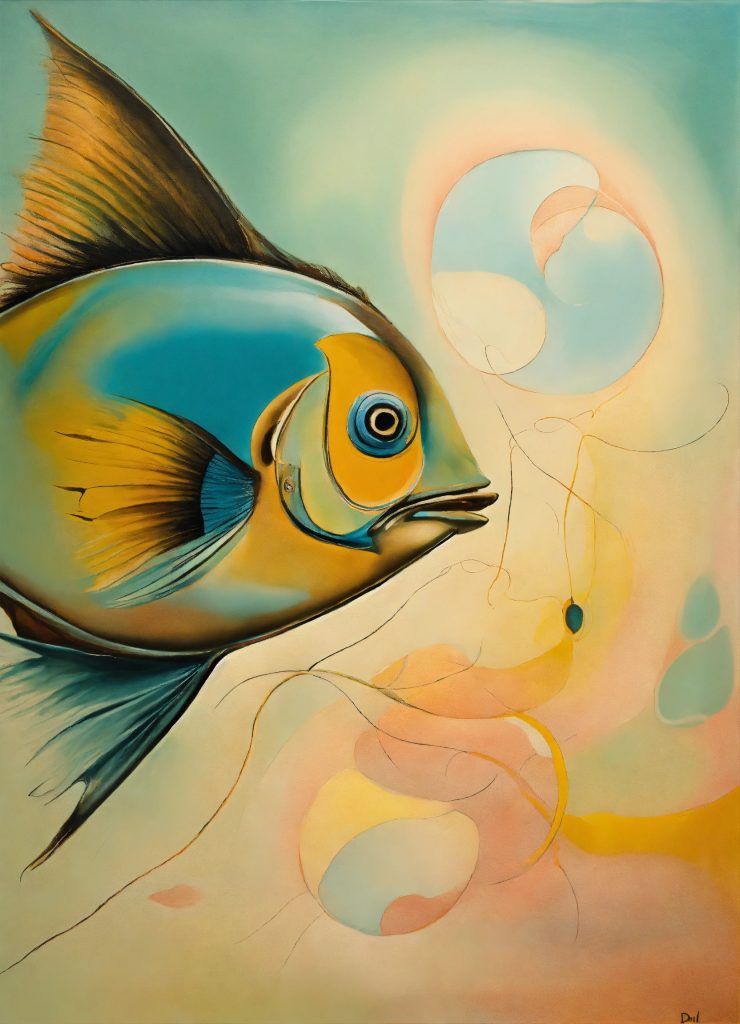“A very good book tells me news, tells me things I didn’t know, or didn’t know I knew, yet I recognize them — yes, I see, yes, this is how the world is. Fiction — and poetry and drama — cleanse the doors of perception” (Le Guin, 2013).
Ursula K. Le Guin
How can teaching empower students to grow as individuals and future contributors to their discipline? Assessment affords possibilities if the framework embodies values and fosters narrative development of the educated self and encourages “the student to think differently” (Barrow, 2006). Such an ethical framework takes “forms of identity that are regarded as natural and inevitable [and questions them], thereby opening up a space for new forms of experience” (McNay, 1994). Here, assessment can be a transformative tool – a technology of the self (Foucault, 1983) – with perception trellised to narrative development and process. Knowledge meets imagination in this system and avoids becoming mere trivia. These systems allow the “senses [to] transform the coursing chaos of the world into perceptions and experiences…stimuli into information…[and] define a species’ future” (Yong, 2022).

Citing a comparative research study between design and business university students, Mark Barrow found the business students to be cynical about their learning. They felt that their assessments evaluated the ability to remember things they were told to learn and “that the ‘truth’ of the business discipline is found in the display of knowing, rather than in displaying the process of becoming knowing” (Barrow, 2006). That’s a problem since “knowledge does not keep any better than fish” (Whitehead, 1967).

In contrast, the design students had a very different experience with one student describing assessment as giving “people a structure, not to cling to, but to negotiate with…to wander from the norm in a calculated way in order to adapt, to create new objects and understandings” (Barrow, 2006). That keeps better than fish.

This is what I hope to do as a teacher. I know what I know from my lived experience, and this knowledge can serve as advice and perspective for students that hopefully inspire them “to generate and continuously revise a coherent biographical narrative that places the self within the rules and traditions of the discipline” (Barrow, 2006). Moving forward, I will consider the ethics explored in Barrow’s study and refine ways to empower students through thoughtfully crafted assessments technologies. If the fully realised educated self is the self-aware ‘object’ (Wilcocks, 2020) of desire for students, it is the teacher’s role to guide them toward doorways of perception that they long to sense and help them consider how they might feel about the experience on the other side.
References
Barrow, M. (2006) ‘Assessment and student transformation: linking character and intellect’, Studies in Higher Education, 31(3), pp. 357–372. Available at: https://doi.org/10.1080/03075070600680869.
Foucault, M. (1983) The subject and power (Afterword), in: H. L. Dreyfus & P. Rabinow (Eds) Michel Foucault: beyond structuralism and hermeneutics (2nd edn) (Chicago, IL, Chicago University Press), 208–226.
Le Guin, U. (2013) ‘Ursula K. Le Guin, The Art of Fiction No. 221’. Interview with Ursula K. Le Guin. Interviewed by John Wray for The Paris Review. Available at: https://www.theparisreview.org/interviews/6253/the-art-of-fiction-no-221-ursula-k-le-guin (Accessed: 26 February 2024).
Lexica Aperture v3.5 (2024) Abstract Salvador Dali painting fish in pastel shades [AI Generated Digital art]. Available at: https://lexica.art/prompt/629e535f-70ba-4e0c-9f91-853635519c1f (Accessed: 18 March 2024).
McNay, L. (1994) Foucault: a critical introduction (Cambridge, Polity Press).
Whitehead, A. (1967) The Aims of Education and Other Essays (New York: The Free Press, 1967), 98.
Wikimedia Commons (2008) Schematic view of a cycle as an early biocyberneticist Available at: https://en.wikipedia.org/wiki/Jakob_Johann_von_Uexk%C3%BCll (Accessed: 26 February 2024).
Wilcocks, J. (2014) ‘Emotional or extra-rational reading of an Emotional or extra-rational reading of an object’. Central Saint Martins.
Yong, E. (2022) An Immense World. Random House.